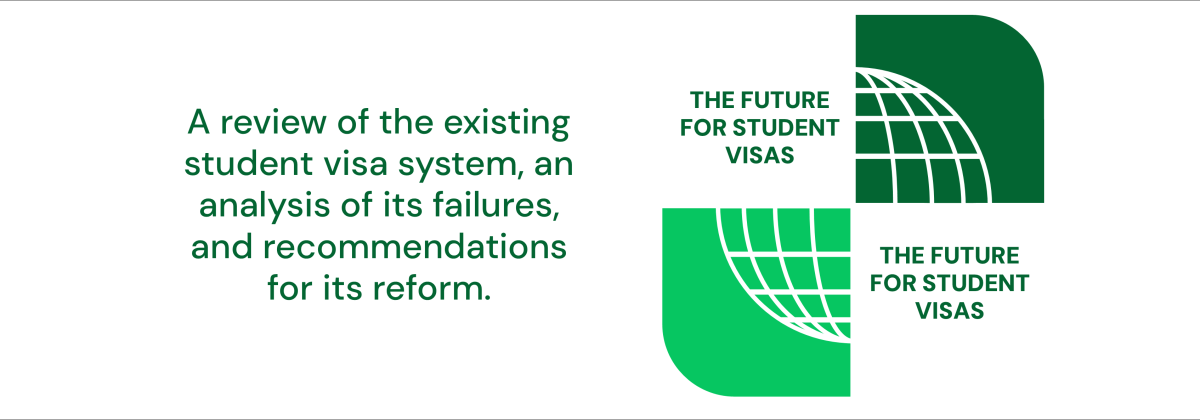The Future of Student Visas

28 August, 2025
Executive summary
Getting immigration under control must be the first and main priority of any new government. The problem now lies not merely in illegal immigration, which the current government has liked to make a big show of tackling, but the legal routes to entry that have allowed the immigrant population to explode and become the principal driver of our population growth.
Download Briefing Document PDF
This briefing document looks at the most prominent route that has led to an increase in immigrant numbers - international students on study visas - and how they can be reduced. There is debate over whether international students should be excluded from or included in the official numbers; however, there is a simple reason for including them, which is that the visa type aligns with the United Nations’ (UN) Statistics Division definition of an immigrant:
- A person who moves to a country other than their usual residence for at least 12 months, with the destination country becoming their new usual residence.
This is the definition used by the Office for National Statistics (ONS) as well.
Moreover, there are three commonsense reasons as to why international students should be considered migrants and included in migration numbers:
- Student visas are, for all intents and purposes, no less temporary than visas issued to workers, due to the extended period of coverage, the high level of overall retention rate, and the ability for recipients to bring dependants with them (with caveats - see Section Two).
- The consumption of services both public and private is no lower for student visa recipients simply because they are students. International students are still entitled to access the National Health Service (NHS), use public transport, occupy property, and so on.
- The student visa system encourages retention, by allowing international students to work during their courses (up to 20 hours for full-time university students of any level, set by the Home Office), and apply for the Graduate Visa route once their studies are completed.
Given these practicalities, and the fact that the shortest university course lasts at least twelve months, there is an obvious reason for including these “education immigrants” in the figures.
On the basis of two facts - that immigration must be brought under control, and study visas are the largest source of immigration - the reduction of study visas must be considered as an immediate option. This briefing paper recommends the following three methods for introducing a cap on the number of study visas issued each year:
- Provide licensed universities with a set number of “Certificates of Sponsorship” for visas.
- Disallow the issuing of visas for dependents for all students, except for PhD research students.
- Visa interviews should be administered by the Home Office prior to any visa being issued, and the decision should rest with the interviewing officer.
- The allowance for international students to work up to 20 hours a week during term time, and an unlimited amount outside of term time, must be ended.
